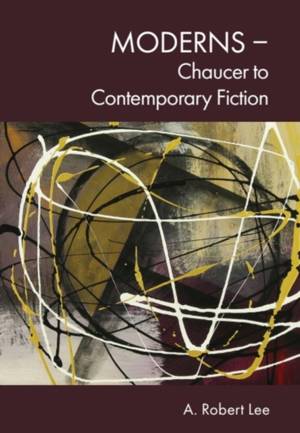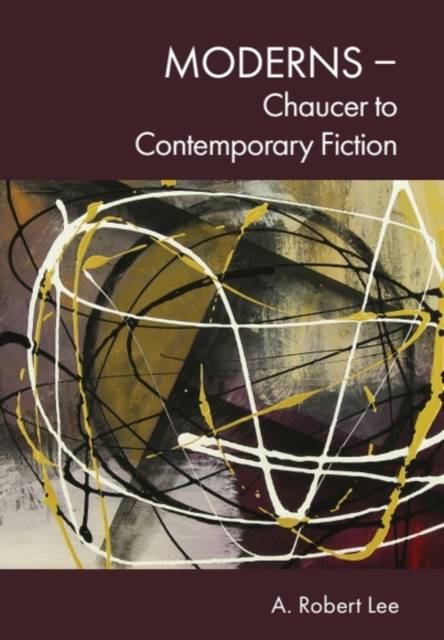
Je cadeautjes zeker op tijd in huis hebben voor de feestdagen? Kom langs in onze winkels en vind het perfecte geschenk!
- Afhalen na 1 uur in een winkel met voorraad
- Gratis thuislevering in België vanaf € 30
- Ruim aanbod met 7 miljoen producten
Je cadeautjes zeker op tijd in huis hebben voor de feestdagen? Kom langs in onze winkels en vind het perfecte geschenk!
- Afhalen na 1 uur in een winkel met voorraad
- Gratis thuislevering in België vanaf € 30
- Ruim aanbod met 7 miljoen producten
Zoeken
€ 185,45
+ 370 punten
Uitvoering
Omschrijving
In this compelling new book, A. Robert Lee tackles the questions: how, and why, does a literary work assume the mantle of 'modern'? He shows, with wit and verve, that writing as far back as Chaucer's The Canterbury Tales can be called 'modern'. That the term further applies to John Skelton's poetry and to Shakespeare's Hamlet and to the sexual and theological verse of John Donne. That 'modern' literary experimentation holds as you read Sterne's Tristram Shandy, the poetry of Byron, the gothic of Mary Wollstonecraft Shelley, the essays of Hazlitt, a novel like Conrad's The Secret Agent and the work of Samuel Butler, Lytton Strachey and Ford Madox Ford. That with writers such as Mina Loy, Dorothy Richardson and Jean Rhys you have a gallery of the feminist modern. These 'ultra' moderns segue into the postmodern turn of B.S. Johnson and Ann Quin and to boundary-pushing contemporary fiction, from Bernardine Evaristo to Alan Hollinghurst. However singular each writer, Lee argues persuasively for a distinctive collection of 'modern' voices.
Specificaties
Betrokkenen
- Auteur(s):
- Uitgeverij:
Inhoud
- Aantal bladzijden:
- 176
- Taal:
- Engels
Eigenschappen
- Productcode (EAN):
- 9781399543804
- Verschijningsdatum:
- 31/01/2025
- Uitvoering:
- Hardcover
- Formaat:
- Genaaid
- Afmetingen:
- 156 mm x 234 mm
- Gewicht:
- 426 g

Alleen bij Standaard Boekhandel
+ 370 punten op je klantenkaart van Standaard Boekhandel
Beoordelingen
We publiceren alleen reviews die voldoen aan de voorwaarden voor reviews. Bekijk onze voorwaarden voor reviews.









